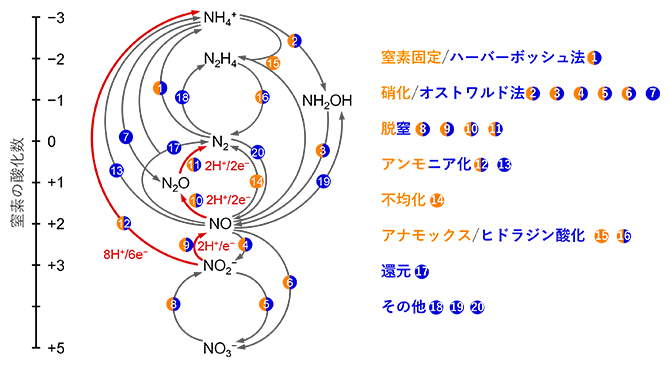界面破壊を制御する材料 Material Controls Interfacial Fractures
2022-09-12 ヒューストン大学(UH)
この新しい「破壊制御材料」の原理は、外部の固形物(飛行機の翼についた氷など)を表面から剥離させるためには力を加えなければならず、その力は必然的に界面に何らかの亀裂を生じさせるという事実に基づいている。この亀裂は、物体が表面から完全に剥離するまで成長し続けます。
カレンの機械工学准教授であるHadi Ghasemiが開発した新しいコンセプトにより、剥離を正確に制御し、加速することが可能になりました。
「私たちは、材料設計によって、亀裂の形成と成長を大幅に加速し、表面から外部物体を容易に除去することができる新しい概念を開発しました。このコンセプトは、耐久性が高く、氷が付着しない材料を開発するために実施されています」と、Materials Horizons誌の表紙記事でGhasemiは報告しています。Ghasemiの研究チームには、博士課程の学生であるSina Nazifiがいます。
「破壊制御表面は、非常に高い耐久性を持ちながら、付着物を最小限に抑えた材料の将来の革新を導くための豊富な材料プラットフォームを提供します」と、Ghasemiは述べています。
「氷をはがす素材の開発における最大の課題は、氷の付着が少なく、かつ耐久性に優れた素材を見つけることです。彼の新しい材料は、その両方を兼ね備えているのです」。とGhasemiは言う。
この破壊制御材料という新しい基本概念は、航空宇宙、風力エネルギー、その他着氷が問題となる産業・商業用途の材料に革新をもたらすものである。風力タービンに氷が付着すると、発電量が80%低下する可能性があるが、この新しいコーティング材料を使用すれば、これを回避することができるという。
<関連情報>
- https://uh.edu/news-events/stories/2022-news-articles/sept.-2022/091222-ghasemi-ice-shedding-100x-stronger-coating.php
- https://pubs.rsc.org/en/content/articlelanding/2022/mh/d2mh00619g/unauth
耐久性の高い氷掃材としての破壊制御表面 Fracture-controlled surfaces as extremely durable ice-shedding materials
The article was first published on 01 Aug 2022
Mater. Horiz., 2022, Advance Article
https://doi.org/10.1039/D2MH00619G
Abstract
Icing imposes a significant burden on those living in cold climates, with negative impacts on infrastructure, transportation, and energy systems. Over the past few decades, a wide range of materials with ice-shedding characteristics have been developed, including surfaces that are non-wetting/hydrophobic, liquid-infused, stress-localized, and those with low interfacial toughness. Although many of these materials have demonstrated low ice adhesion in a laboratory setting, none have achieved widespread practical adoption. This is primarily a result of the fact that they tend to have very low durability, limiting their applicability. Thus, the primary challenge in developing ice-shedding materials is finding materials with both low ice adhesion AND good durability. Here, we introduce the concept of a so-called “fracture-controlled surface.” Through coordinated mechanical and chemical heterogeneity in the material structure, we affect the interfacial crack nucleation and growth on these surfaces. Through this controlled process, fracture-controlled surfaces exhibit both low ice adhesion and very high mechanical durability. Measurements of the durability of these surfaces indicate performance that is three orders of magnitude greater than other state-of-the-art ice-shedding materials. Physically, via mechanical heterogeneity of the material, we pre-specified the crack nucleation coordinates at the interface and guided the crack growth in an interfacial plane, with no kinking in other directions. This helps to maximize the energy that goes towards crack nucleation and growth. A detailed mathematical model is developed to predict adhesion of external solid objects on these materials. The model suggests that an elastic matching criterion is required to achieve minimal adhesion of solid objects on these materials. Fracture-controlled surfaces provide a rich material platform to guide future innovation of materials with minimal adhesion while having very high durability.




